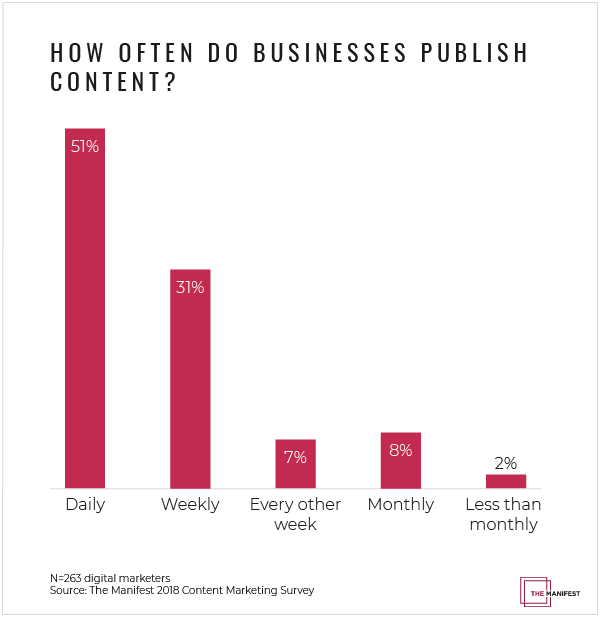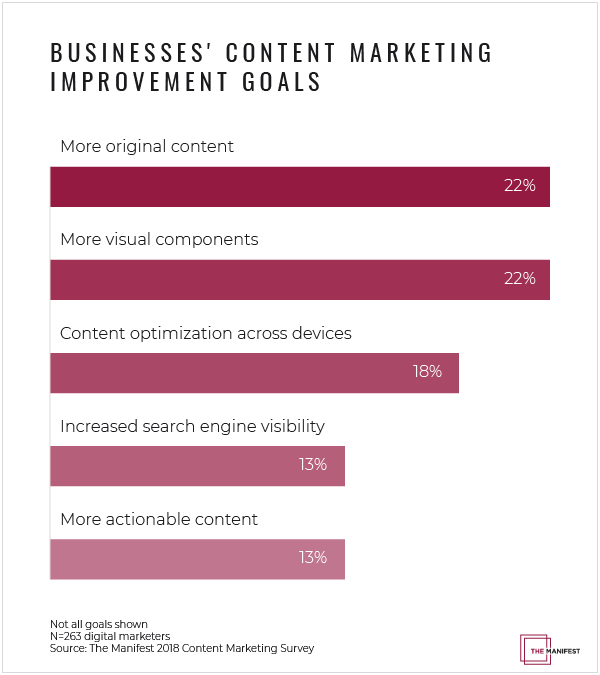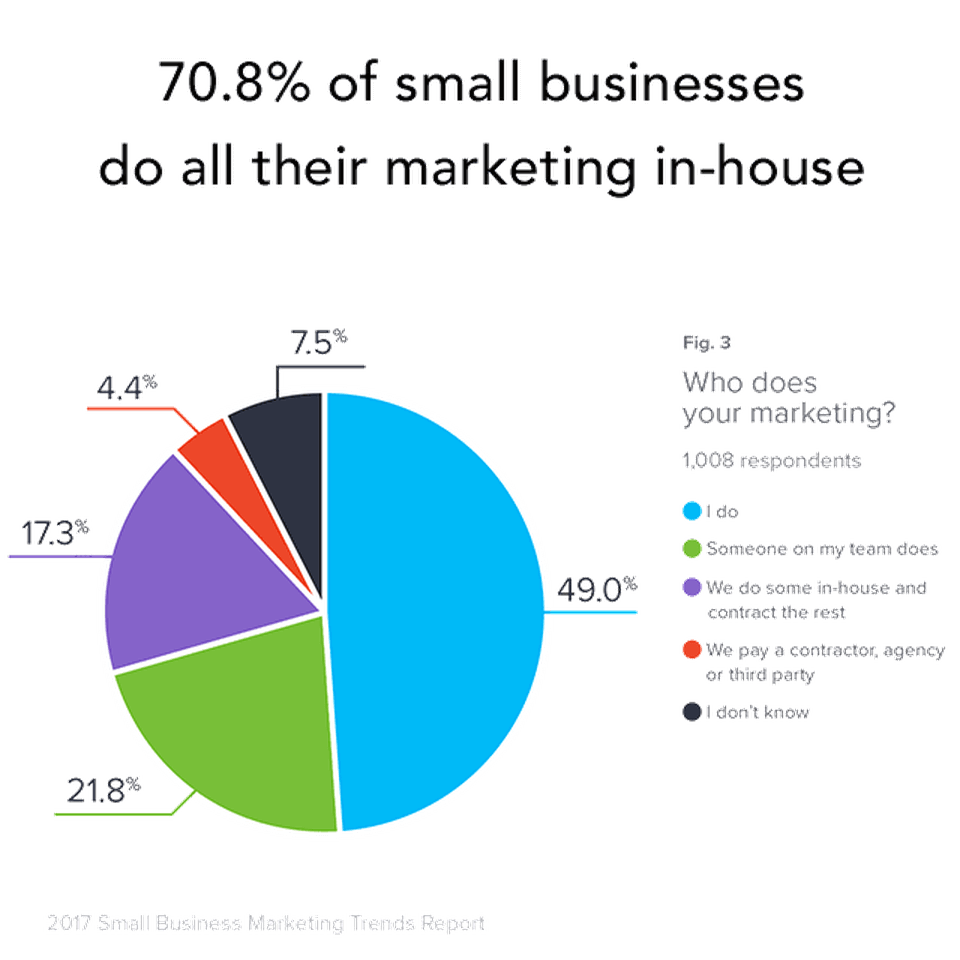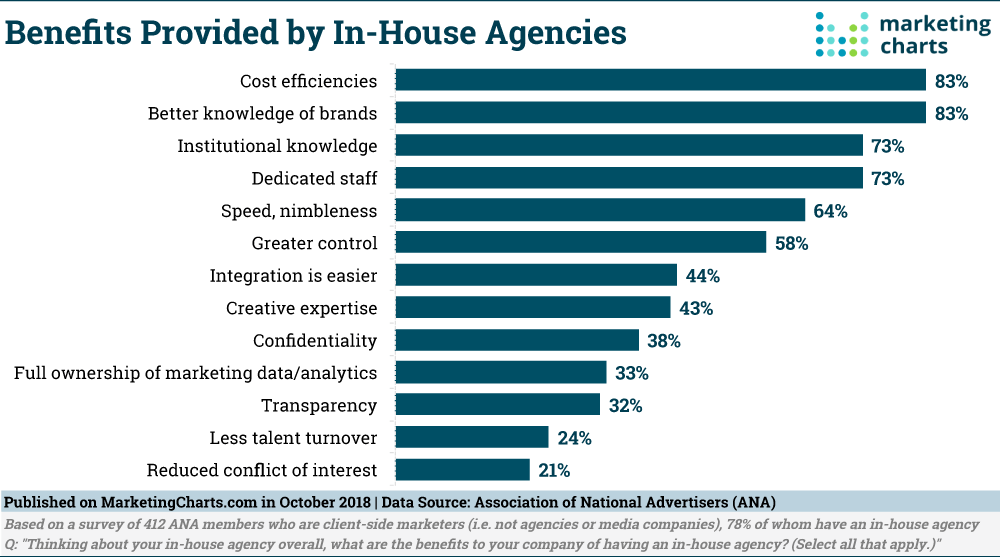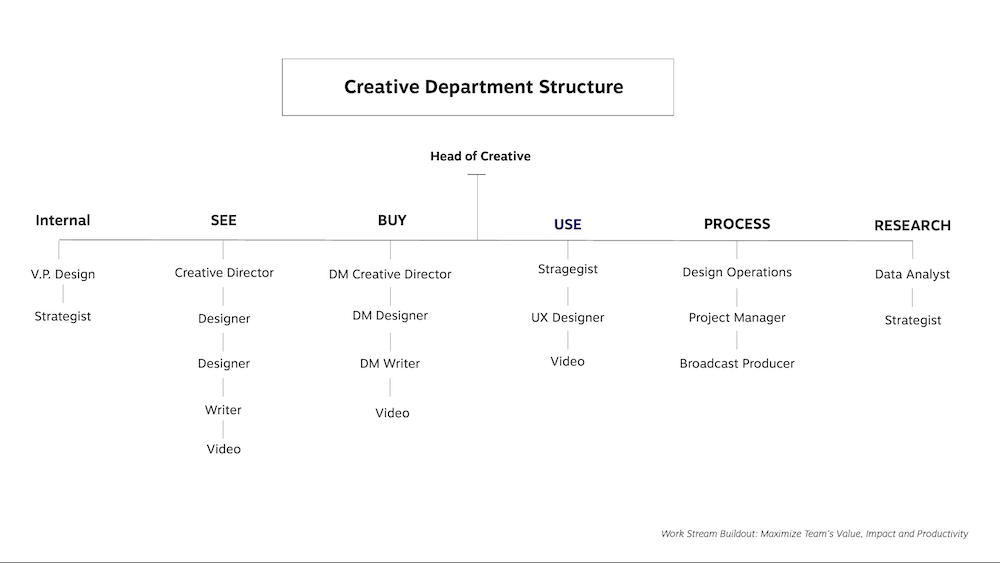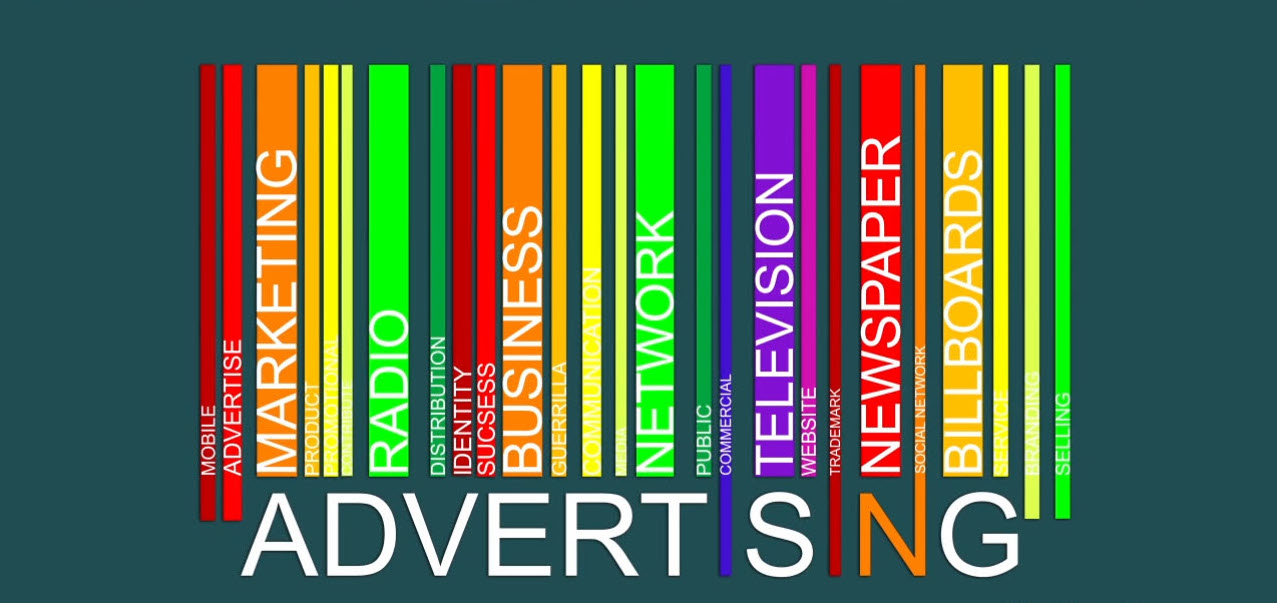The creative process is the evolution of an idea into its final form through a progression of thoughts and actions. (1) It tends to be chaotic and nonlinear. Contrary to the “right-brain myth,” creativity doesn’t just involve a single brain region or even a single side of the brain. Instead, the creative process draws on the whole brain. It’s a dynamic interplay of many diverse brain regions, thinking styles, emotions, and unconscious and conscious processing systems coming together in unusual and unexpected ways. (7)
The design thinking process are the steps involved in the design thinking process. Design thinking originally came about as a way of teaching engineers how to approach problems creatively, like designers do. (2) First, fully understand the problem; second, explore a wide range of possible solutions; third, iterate extensively through prototyping and testing; and finally, implement through the customary deployment mechanisms.
An in-house agency is an independent internal team that provides marketing, design, content and advertising services within a company.
Innovative companies have taken the logical step forward to build in-house agencies to reduce cost, improve efficiency and promote consistency for their brands. Most have no idea of how to implement a functional approach to the department beyond just hiring designers or low level inexperienced creative directors. Since 2018 78% of businesses said that they have an in-house creative team and in 2022 70% said they do all their marketing work in-house. (4) While 51% of the businesses that invest in content marketing publish content every day (5) but have no idea why they post every day or have an integrated marketing campaign that they are executing upon. The majority have little to no strategic approach to their content marketing and have gain little to no brand awareness because of it. They are just posting to post and adding to the sea of digital garbage that bombards consumers.
One of the main points organizations forget is to properly implement an organizational process for the entire company in working with the creative or design department, instead of a one dimensional approach within the marketing department. A process that is neither the creative or design thinking process either. Think project management for the entire company that will improve creativity, efficiency, simplify and improve morale. A holistic company approach.
A key element to implementing a successful in-house agency process is to maintain a partner approach verse a service minded approach. Designers and agency team members are not in-service of the company they are partners with stakeholders as a single minded company team and do not report to other departments.
Service minded approach:
Told what to execute and how to execute it. Limited creative exploration or variations.
Team minded approach:
Creative team analyzes and strategically executes multiple solutions to solve request.
Business and brand needs are different. A business needs to save money, improve productivity, and have more control over its operations. A brand, on the other hand, needs more creativity and better-optimized campaigns. The best in-house agencies operate just as their external counterparts - fully independent and with substantial creative control. (3)
So where does one begin if a company has external agency partners? One way to determine what type, size or who to hire to start building an internal agency is to analyze what your companies current marketing spend is. What does our external partners to well and what can we bring in to offset the spend? Most companies marketing budgets are not a relevant comparison as their spend may include outdated demand generation funnels that rely on outdated conversion methods and have no data or spend on their actual brand. Companies should focus on the quality of their content over the quantity. Researched and tested results payoff more in the long and short run that frequency and clutter.
One of the main reasons an in-house agency is built is, because most businesses said they would like to create more original content (22%) and include more visually appealing components (22%) when asked about the main improvements they would like to make to their content. Why is this? Original content that is strategically aligned to an integrated campaign helps businesses accomplish their goals of increasing awareness and engaging consumers. That is why over 70% of business do all their marketing in-house, but is their marketing worth the spend? Not if they are micromanaged by CEO's, Brand Managers and CMO's who have no technical or strategic capability to create content or marketing campaigns. They create 'clutter' not valuable connections.
Internal creative teams which report to different stake holders or department leaders are not an in-house agency. This is typically why creative or content from companies lacks originality, creative distinction and strategic relevance.
An in-house agency, on the other hand, operates just like a traditional agency. It has designers, developers, and marketers who are organized as a distinct “department”. Irrespective of where the work comes in from, it is directed to this department. Most in-house agencies even have their own project managers and account managers to deal with projects and senior executives. (5) A competent and successful in-house agency will be structure under the leadership of a highly experienced Creative Director, not a lead designer, who will oversee all the creative output and work with other department stakeholders strategically. You cannot compete against the best creative agencies in the world that your competitors may have hired unless you build the best in-house creative agency and stock it with high paid, independent talent. Coca-Cola has been doing this for years and still has a half a dozen external agencies under contract.
So what does an in-house agency structure look like and how much is that going to cost? There a variety of variables in building an internal agency or in-house creative department. The type of structure to consider, work streams vs skill set or band width approaches, is one. Another is the companies marketing philosophy and marketing budget. These directly effect how a team is built and structured. Approaching each company individually vs a one size fits all approach is the most productive, efficient and functional as all organizations have unique cultures and quirks to take into consideration. Staffing should be thought of in terms of scaling vs groth. As you grow and add more people, the lack of systemization impacts your growth potential. You produce too much data, have too many disparate processes, and little visibility into your agency operations. (6) Below is one example of a functional in-house creative agency structure for a mid-sized company. It is built along a customer centric: "See. Buy. Use." marketing plan.
Below is an example of a functional company project management approach where a request is approved at the leadership level prior to ever coming into a creative department que. It then goes through project management software, in this case Asana, where a templated pre-formatted creative brief is filled out by the stakeholder or requestor. Without following this process no work comes to the creative team. There are requests that come in where a 'kick-off' meeting is necessary for alignment and relevance prior to accepting a request. No gathering of documents, contacting vendors or other additional work should be delegtated to the creative department. Details of the job, also called 'gathering,' are the responsibility of the stakeholders.
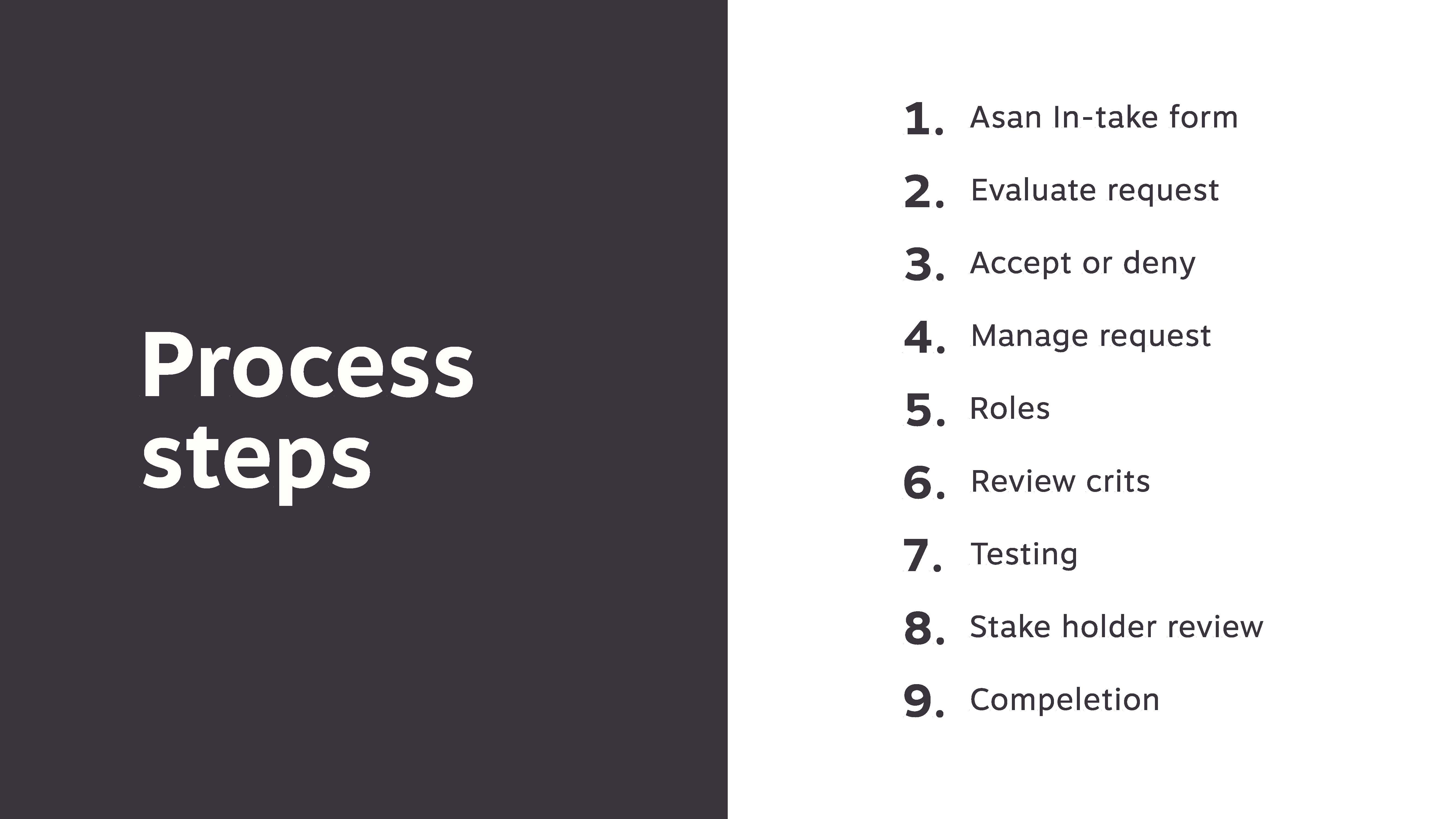
Creative (Design) Operations are a key aspect to creative development. As a function, Creative Op's creates space and capacity for our creatives to focus on the highest impact, most forward-thinking work. Dmitry Shamis — HubSpot’s Global Head of Creative & Brand who’s never held a traditional “creative” role - defines Creative Operations as "the enablement of creative work. It’s the tools, systems, processes, and relationships that allow for creatives — makers — to actually do their job. My team's job is to help build the HubSpot brand and share it. Consistency is arguably the most important aspect of any brand — consistency is what builds trust with your audience." (8) This is a key aspect that moves beyond Project Management and Strategic Planning with the added benefit of a Creative Services Manager built in. It's a buffer zone that talented Account Services once played a role in.
Aligning these different aspects into one single-minded approach that fits your team is key to streamlining an agencies efficiency and capabilities.
If you're a company looking to create a marketing campaign or build an internal agency, contact Kevin Amter. His nationally awarded rebrand for New Balance and dozens of other Fortune 500 brands will strategically move your company in a winning direction.
SOURCE LINKS:
(1) How To Improve Creativity(2) What Is Design Thinking?
(3) In-house Agency Guide
(4) Over Three-Quarters Of Our Members Have In-House Agencies
(5) In-house Agency Guide
(6) Scaleable Growth
(7) Understanding the four stages of the creative process
(8) HubSpot’s Global Head of Creative on Creative Ops: Protect your creatives’ time
